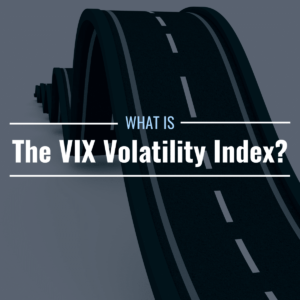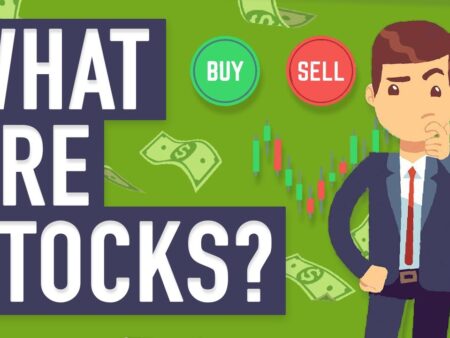The Chicago Board of Options Exchange (CBOE) created the VIX, a measure of real-time volatility. It served as the initial standard metric for measuring market volatility. However, because it is a forward-looking index, the S&P 500 (SPX) forecasted volatility for the next 30 days.
It is a critical index in trading and investing because it provides a measurable indicator of market risk and investor emotion.
Why trade the VIX?
The significant negative relationship between VIX-linked products and the stock market has gained enormous popularity among professional investors as a means of diversifying, hedging, and plain speculation.
With a stake in the VIX, you may be able to balance out your other stock investments while also protecting yourself from market risk.
Assume you have a long position in an S&P 500-listed US firm stock. Regardless of whether you believe in its long-term potential, you should limit your exposure to any potential volatility in the stock price in the short term. You set up a trade to buy the VIX index because you believe volatility will rise. This may result in a sense of equilibrium between the two sides.
As a result, you may be able to offset some of your VIX strategy losses with profits from your current trade.
What does the VIX indicate?
The Cboe VIX, or “Fear Index,” uses the S&P 500 index as a proxy for the overall market’s level of fear or tension.
How can a trader or investor profit from the VIX?
The VIX, like other indices, cannot be purchased directly. VIX can be traded using futures contracts, exchange-traded funds (ETFs), and exchange-traded notes due to its volatile nature (ETNs).
VIX as an example
The Cboe S&P 500 three-month (VIX3M) and six-month (VIX6M) volatility indexes represent the S&P 500 Index’s predicted volatility over the next six months (VIX6M).
For example, if a stock rises +1.5 percent, it is potentially 50% more volatile than the market. Traders use elevated stock options to accurately obtain VIX volatility estimates in order to price their options deals.
Conclusion
Investors, whether novices or seasoned pros, should exercise caution before committing large sums of money to the market. Looking at the VIX market index over the last 2-3 months is a good idea before making any major decisions.



